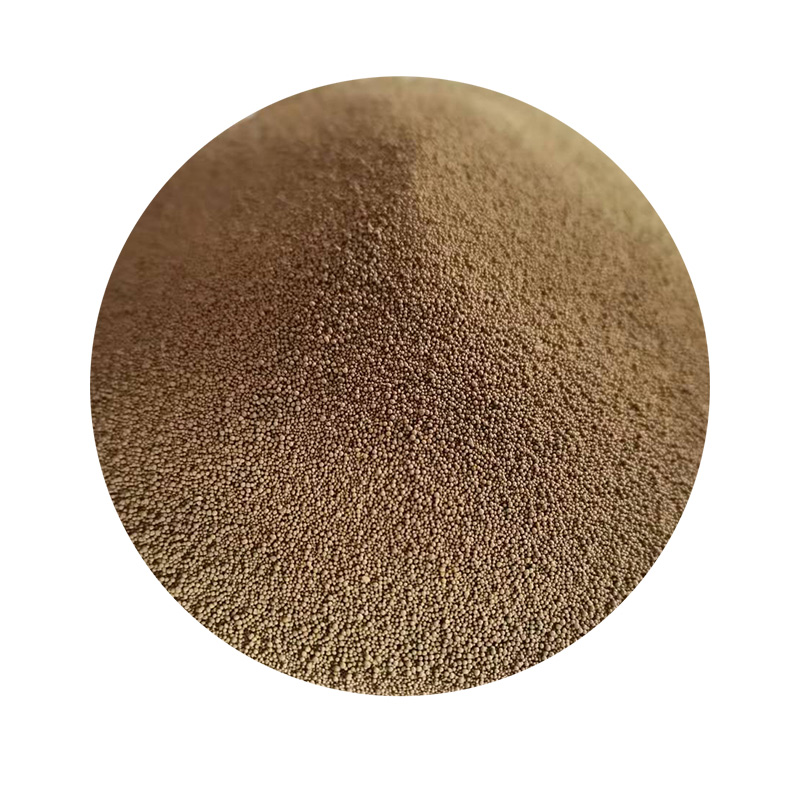 Clay is a traditional natural binder, providing the tactile consistency required to form and retain the desired mold shape Clay is a traditional natural binder, providing the tactile consistency required to form and retain the desired mold shape
Clay is a traditional natural binder, providing the tactile consistency required to form and retain the desired mold shape Clay is a traditional natural binder, providing the tactile consistency required to form and retain the desired mold shape materials used for sand casting. Modern practices often incorporate chemical binders such as urea-formaldehyde or phenolic resins, which significantly increase the strength and longevity of the sand molds, allowing for greater complexity and precision in the castings.
Additives further refine the sand mixture, enhancing specific properties tailored to the casting needs. Coal dust or graphite may be introduced to improve the mold's ability to collapse or 'break down' after casting, thus facilitating easy removal of the solidified metal object. Iron oxide serves as a coloring agent, aiding in identifying different sections of the mold during assembly. Moreover, cooling agents like water or even exotic substances like aluminum flakes can be integrated to regulate the temperature within the mold, ensuring a smooth and controlled cooling process for the metal.
Catalysts, when used in conjunction with chemical binders, initiate a chemical reaction that hardens the mold, preparing it for the liquified metal. These catalysts must be applied with precision, as their efficacy can dictate the curing time and ultimately the productivity of the casting cycle.
In conclusion, sand casting is an amalgamation of art and science, where the careful selection and blend of materials play a pivotal role in determining the success of the final cast. From the granular texture of the sand to the chemical reactions initiated by binders and catalysts, each component is meticulously chosen to harmonize into a symphony of metallurgy that transcends mere utility and enters the realm of precise craftsmanship.
Post time:Jun . 21, 2024 10:05
materials used for sand casting. Modern practices often incorporate chemical binders such as urea-formaldehyde or phenolic resins, which significantly increase the strength and longevity of the sand molds, allowing for greater complexity and precision in the castings.
Additives further refine the sand mixture, enhancing specific properties tailored to the casting needs. Coal dust or graphite may be introduced to improve the mold's ability to collapse or 'break down' after casting, thus facilitating easy removal of the solidified metal object. Iron oxide serves as a coloring agent, aiding in identifying different sections of the mold during assembly. Moreover, cooling agents like water or even exotic substances like aluminum flakes can be integrated to regulate the temperature within the mold, ensuring a smooth and controlled cooling process for the metal.
Catalysts, when used in conjunction with chemical binders, initiate a chemical reaction that hardens the mold, preparing it for the liquified metal. These catalysts must be applied with precision, as their efficacy can dictate the curing time and ultimately the productivity of the casting cycle.
In conclusion, sand casting is an amalgamation of art and science, where the careful selection and blend of materials play a pivotal role in determining the success of the final cast. From the granular texture of the sand to the chemical reactions initiated by binders and catalysts, each component is meticulously chosen to harmonize into a symphony of metallurgy that transcends mere utility and enters the realm of precise craftsmanship.
Post time:Jun . 21, 2024 10:05
This is the last article
